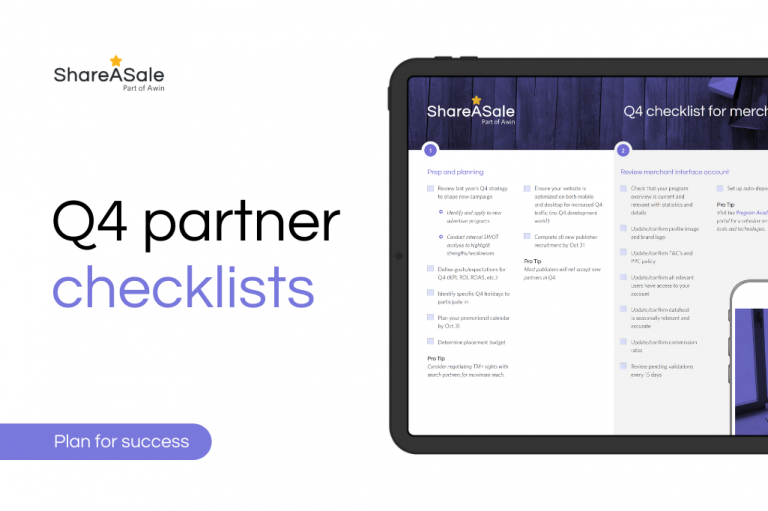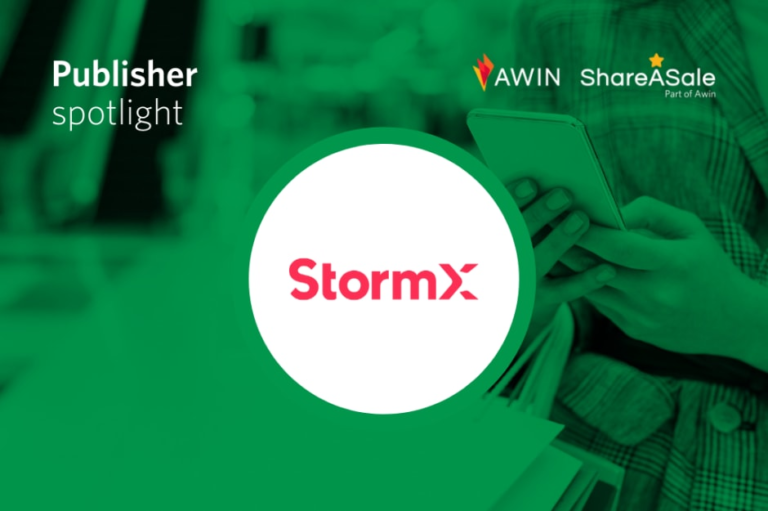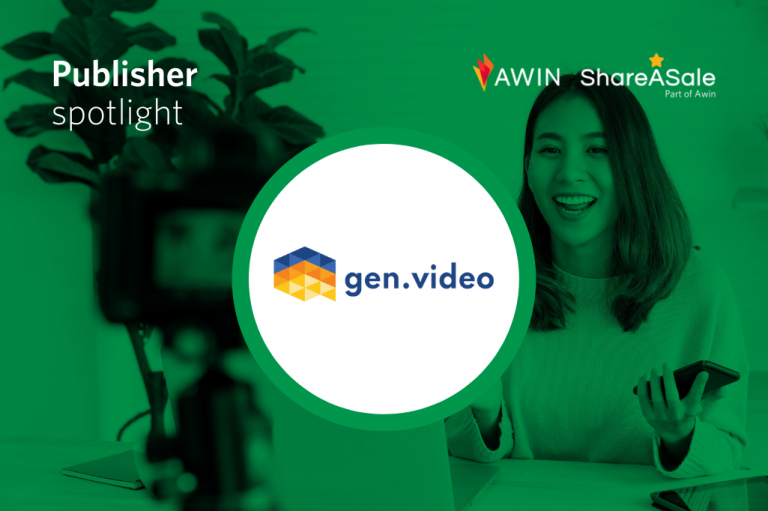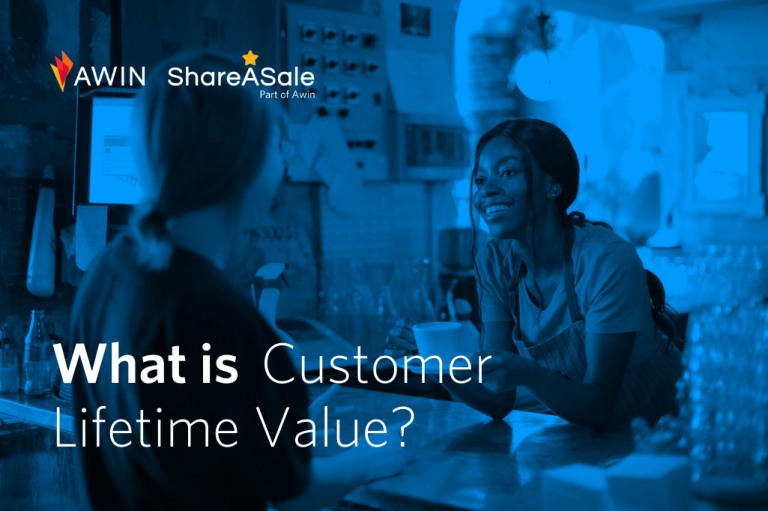Four major trends driving success in influencer marketing
Influencer marketing is not a new concept but it’s enjoying newfound reach. According to Collabstr, even after climbing more than 40% in 2021, influencer will continue its rapid rise to hit $15 billion in value by year’s end. Naturally, brands are leaning into influencer marketing partnerships, hoping to cultivate meaningful and profitable relationships with creators and customers alike.

This activity is reshaping the industry landscape in many ways. From the explosion of TikTok and blended influencer-affiliate campaigns, to a developing dichotomy of influencers and the value of authenticity, there’s plenty to take in.
The rise of TikTok
Insider Intelligence projects TikTok will hit 755 million monthly users in 2022. This is after experiencing nearly 60% growth in 2020 and approximately 40% growth in 2021. The rise of TikTok demonstrates the potential of the creator economy. No longer viewed as a Gen Z platform for dance challenges, it’s rapid growth was made possible by a creator-centric approach. And, the variety of creators and content is now providing brands with a great opportunity to find the right fit and convert TikTok users into new customers.
The relatability of many TikTokers is what makes users trust its recommendations and take action. This is not lost on TikTok, which realizes the value in enticing content creators. Users are more likely to buy a product seen on a video from profiles they follow regularly or from their feed because the content is relevant to them. That said, sponsored content doesn’t immediately feel like an “ad,” hence the popularity of #TikTokMadeMeBuyIt – a tag that doesn’t just attract billions of views. It drives sales for brands.
Blended influencer and affiliate marketing
Proving
ROI from influencer marketing remains a primary challenge for marketers. As
companies look to successfully track influencer engagement and maximize ROI,
we’ve seen a recent shift in brands bringing affiliate and influencer marketing
closer together.
Platforms like ShareASale offer brands access to affiliate tracking links and cookieless coupon tracking – tools that are particularly effective for engaging with creators, measuring performance and controlling influencer spend. The robust tracking and attribution available on ShareASale can further support this by effectively assessing the value of a creator in complex multi-touch and multi-channel consumer journeys.
With social media platforms pushing for in-app shopping, creators now have the potential to own the majority of the customer experience. And with the ShareASale platform, brands can most-effectively leverage creators to support awareness and discovery, as well as to drive sales.
Influencers and authenticity
Brands have started to recognize the benefits of partnering with nano- (under 10,000 followers) and micro- (between 10,000-200,000 followers) influencers, compared to creators with millions of followers.
Nano- and micro-influencers have a greater reputation for being genuine and authentic. Their followers trust that the products featured are ones they’ve actually tested and liked. And the perception that these influencers are more approachable supports higher engagement rates.
Brand
authenticity and transparency are key to building connections and influencing
the next generation of customers. The most engaging and successful videos are
usually the ones that are non-promotional and reflect the personality of the
creator. Also, authentic content is more likely to be repurposed by brands to
reach users outside of the creator’s audience – creating a win-win situation that
gives more exposure to both the brand and influencer.
Social media platforms recognize this shift. New tools and opportunities continue to be made available to more users than before. Instagram Stories’ link feature, originally available only to users with 10k+ followers or verified accounts, is now accessible by anyone on the platform and can be used to share products with their audience at the click of a button. Creators of all size can now also take advantage of the rise of livestreaming shopping, providing further means to engage with audiences and create a more interactive and immersive experience.
As brands prioritize organic development and authenticity over audience reach, a growing share of influencer marketing budgets will continue to go to nano- and micro-influencers.
It’s a partnership
Partnering with creators through a brand’s affiliate program builds
long-term relationships, making creators feel valued and fairly rewarded. This
also encourages the creator to produce more organic content as opposed to waiting
until the next campaign, providing the brand with more exposure and adding to
the authenticity that audiences value most.
Today, brands can best engage with creators by adopting technology designed to manage affiliate partnerships, deliver resources and drive results. As an affiliate platform, ShareASale allows the monitoring of influencer traffic and conversions to identify what product(s) resonate most with audiences. Influencers can then better ensure the success of their partnerships via tools that leverage related data, while you can assess the value of influencer campaigns to accurately determine ROI.






